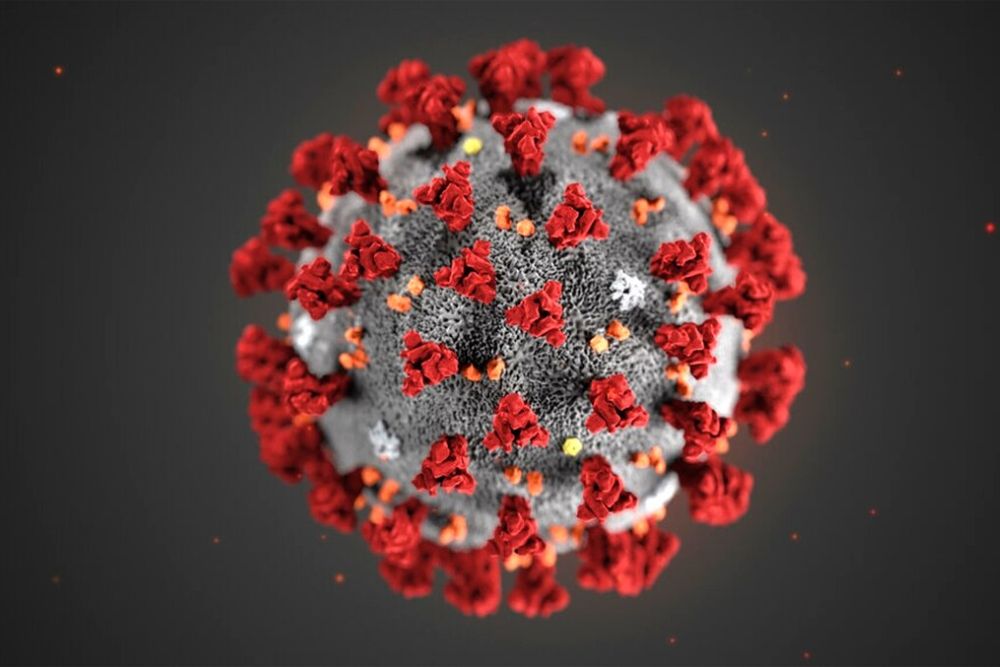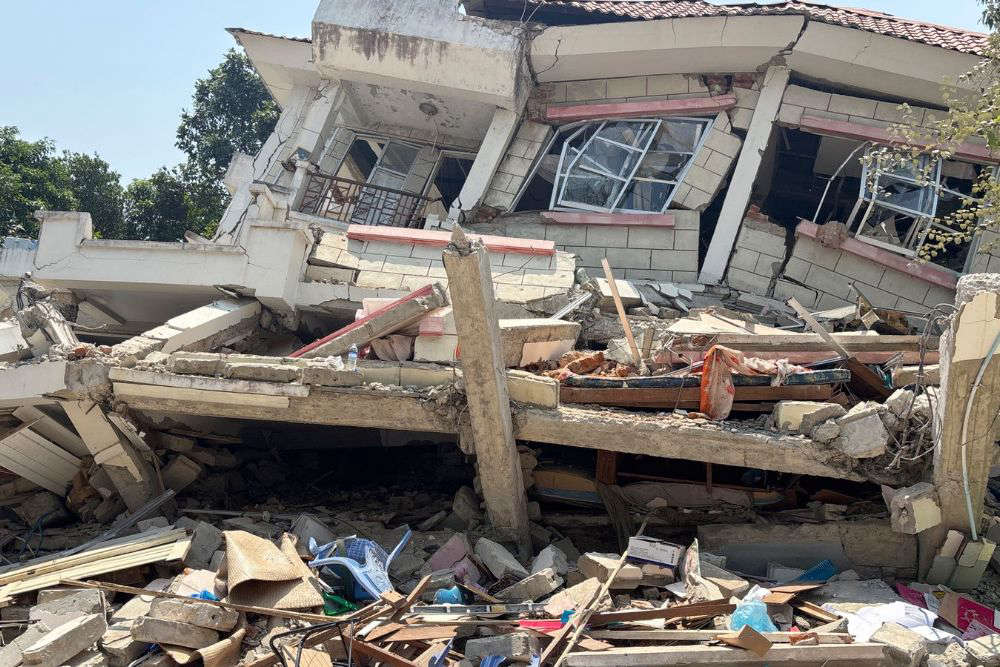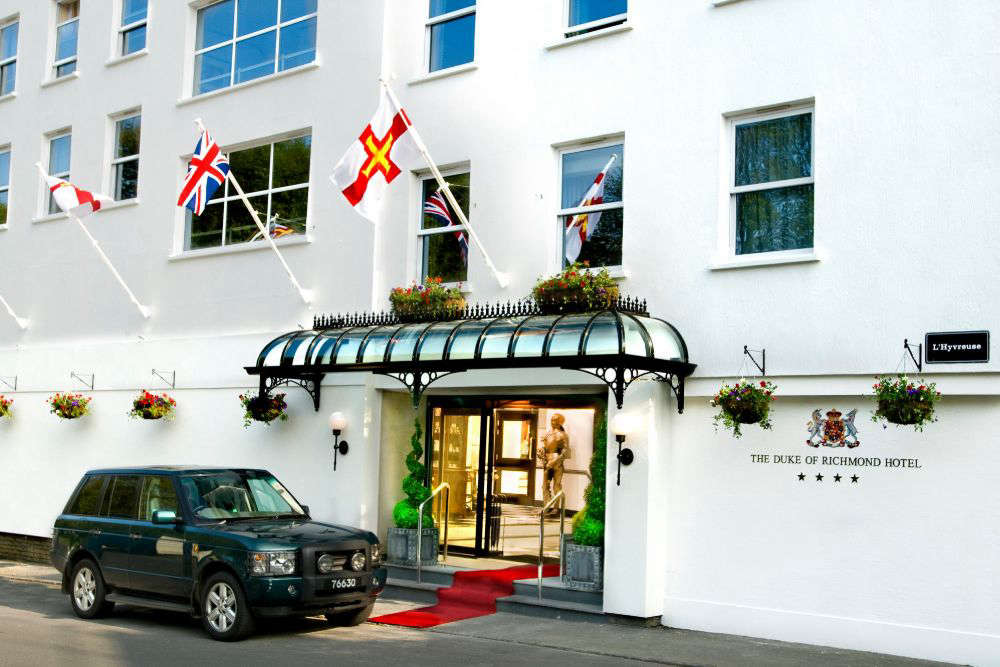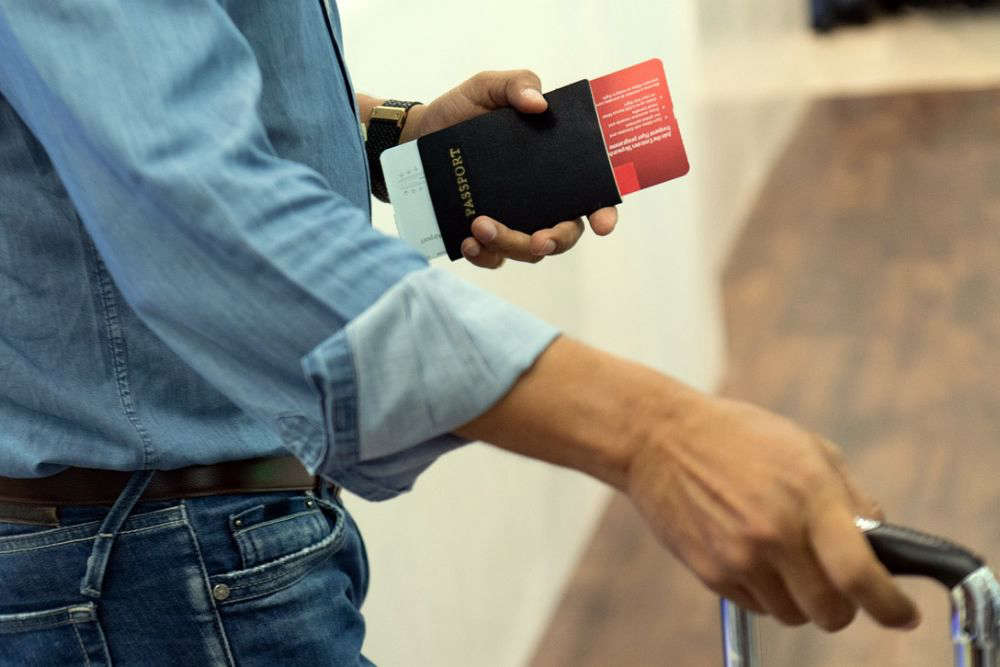
The States explains how it intends to gradually relax the COVID-19 restrictions.
The document also looks at what ‘triggers’ would allow the Bailiwick to move to the next phase of easing restrictions, or if necessary, return to a more strict set of lock down measures. It is hoped that by publishing this document in full, Islanders will have a clearer understanding of how
the States intends to return safely to normality and the reasoning behind the various steps that will get the Bailiwick there.
Deputy Heidi Soulsby, President of the Health & Social Care Committee said “Since this pandemic began we have shared as much of the information that we have used to make our decisions as possible with Islanders, so they could understand why we were making them. We need to do the same over the coming weeks and months.
"As we move through the various ‘phases’ and restrictions are lifted we’ll be asking Islanders to do slightly different things each time in both their work and personal life. They’ve been superb and I’m still incredibly grateful for how the whole community has supported our strategy so far. But if we want people to keep working with us, they need to know why they’re being asked to make each of these adjustments. That is why publishing this framework is so important.”
Deputy Gavin St Pier, Chair of the Civil Contingencies Authority said “This Framework for moving out of lockdown will be led by our public health data and analysis and our first priority is absolutely protecting the health and lives of Islanders. But this also means avoiding the health impacts of being more restrictive than is necessary at each stage. It is a difficult balance to strike.
"The economic impact, which clearly has its own impact on our health and wellbeing, is also incredibly important and for each ‘phase’ we have considered how jobs and livelihoods, businesses and public funds, will be affected. As we move forward it is harder to separate the health, social and economic issues we need to consider, as they all have an effect on each other. This Framework takes in all aspects of Bailiwick life to give us the best chance of returning to normality quickly, minimising the loss of life and the cost in terms of jobs and livelihoods.”
The backbone of the strategy is to ‘test, trace and quarantine’ while easing restrictions. This has already proved an effective strategy, particularly because of the on-island testing capability to test at high levels and receive results quickly. Options for further increasing this capacity are being explored.
In broad terms, this strategy will allow us to monitor signs of spread of the virus in the community. Where evidence shows falling numbers of cases of community seeding, and there is no sign of clusters of cases developing, over a four week period, this will ‘trigger’ a move to the next phase with restrictions further relaxed. Similarly, if in a four week period the number of cases from community seeding exceeds ten, or clusters do emerge, it would trigger a move to the previous phase with increased lock down restrictions brought back in.
Other triggers are also detailed in the Framework, such as an increase in hospital admissions or the loss of the on-island testing capability.
Director of Public Health, Dr Nicola Brink said “Our strategy of ‘test, contact trace, quarantine’ has been really effective and we’re seeing our number of active cases fall to very low numbers which is very encouraging. But we cannot be complacent, and it’s quite possible we won’t see a straight line forward through the phases and instead we’ll need to move back into earlier phases at some point. The way the community has worked with us in
observing the restrictions so far is a big reason why we’ve moved into ‘phase 2’ and we’ll need the community’s support and cooperation to keep moving forward through the phases.”
The ‘Exit from Lockdown’ Framework is not a final document and will be adjusted as circumstances change or as our understanding of the coronavirus improves. It therefore should be treated as a ‘live’ document, and the plans laid out for the various phases, particularly the later phases, are provisional.
This Framework is not the same as a ‘Recovery Plan’, though clearly there is overlap and both pieces of work need to be developed with the overall COVID-19 response in mind. However the plan for the Bailiwick’s recovery will likely need to look in more detail at economic support measures, and will need to take a longer-term view as it’s very likely the Islands will still be ‘recovering’ after the lock down restrictions have been lifted.
This Framework also does not include plans for the phased return to normality for schools and education. The re-opening of schools is subject to further detailed consideration based on complex assessments. Further information to support the transition for exiting from lockdown on a phased basis, as it applies to educational and early years settings (nurseries, child minders, etc.) will be made available when possible.
While the Framework sets out a phased exit from lockdown for the Bailiwick, tailored measures may be added for Alderney and Sark, specific for those jurisdictions as is the case currently.


 Guernsey sends £50,000 to those affected by Myanmar's earthquake
Guernsey sends £50,000 to those affected by Myanmar's earthquake
 Children’s Zone planned for Guernsey's 80th Liberation Day
Children’s Zone planned for Guernsey's 80th Liberation Day
 100 days until Orkney Island Games begin
100 days until Orkney Island Games begin
 Guernsey hospitality chain buys The Duke of Richmond Hotel
Guernsey hospitality chain buys The Duke of Richmond Hotel
 European visitors now need permit for UK entry
European visitors now need permit for UK entry
 Designers chosen for new Guernsey banknotes
Designers chosen for new Guernsey banknotes
 Islands share De Putron Challenge glory
Islands share De Putron Challenge glory
 Drone show for Liberation Day
Drone show for Liberation Day

